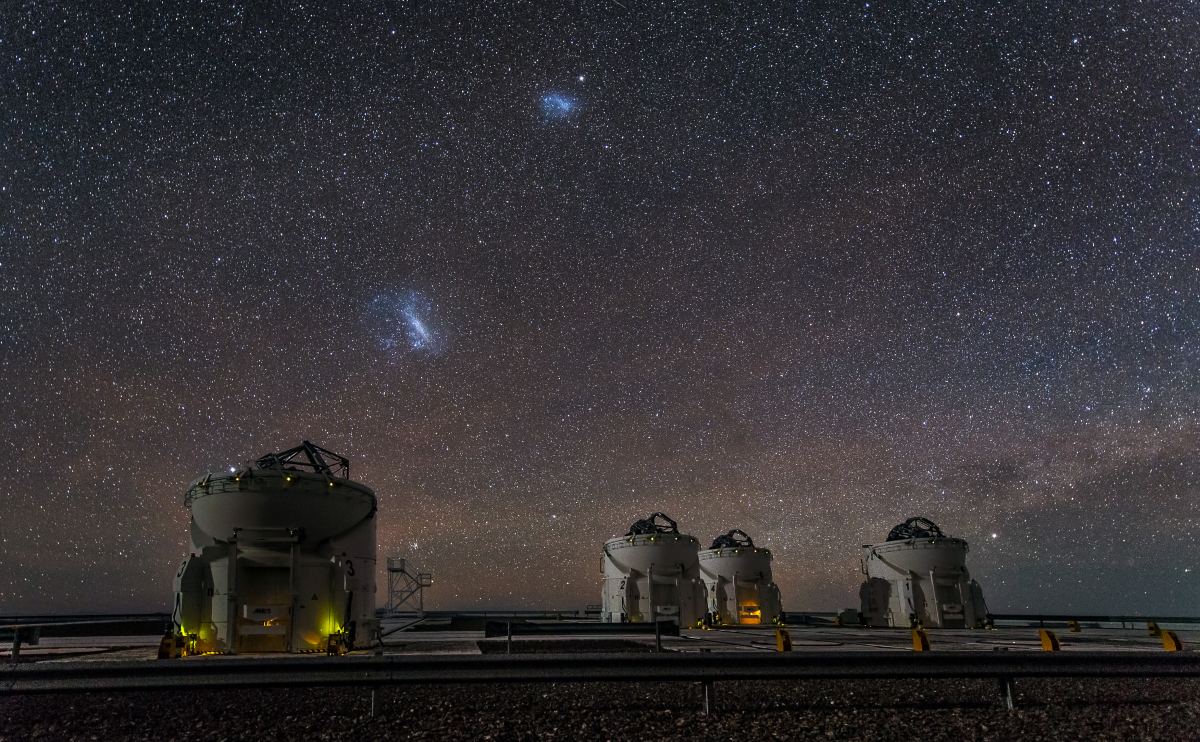The Large Magellanic Cloud (LMC) is the Milky Way’s most massive satellite galaxy. Because it’s so easily observed, astronomers have studied it intently. They’re interested in how star formation in the LMC might have been different than in the Milky Way.
A team of researchers zeroed in on the LMC’s most metal-deficient stars to find out how different.
Continue reading “The Large Magellanic Cloud isn’t Very Metal”

